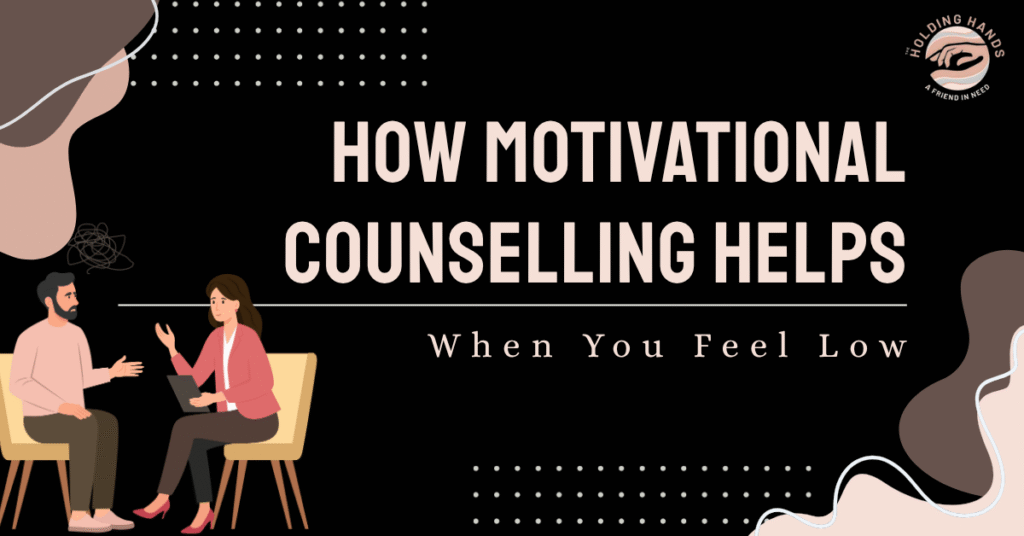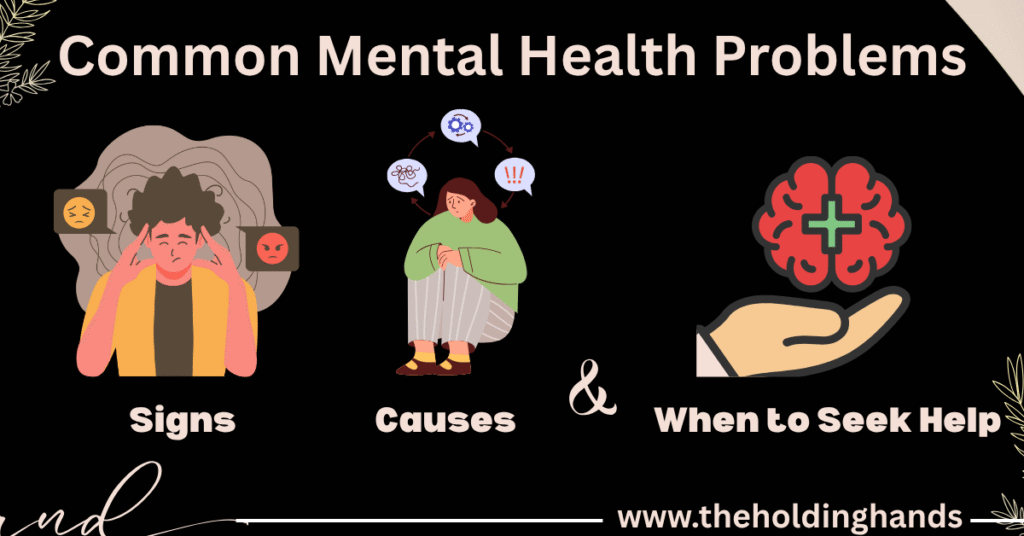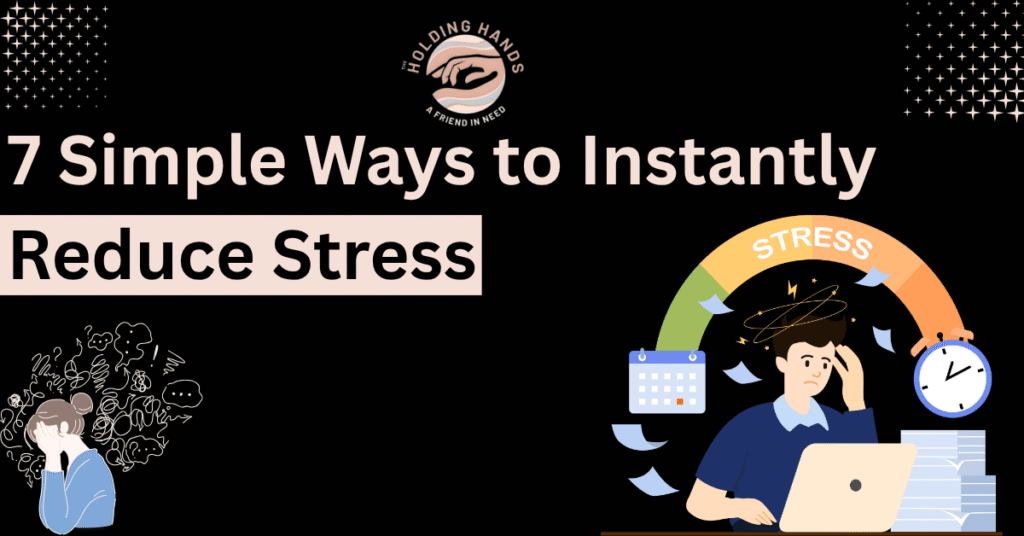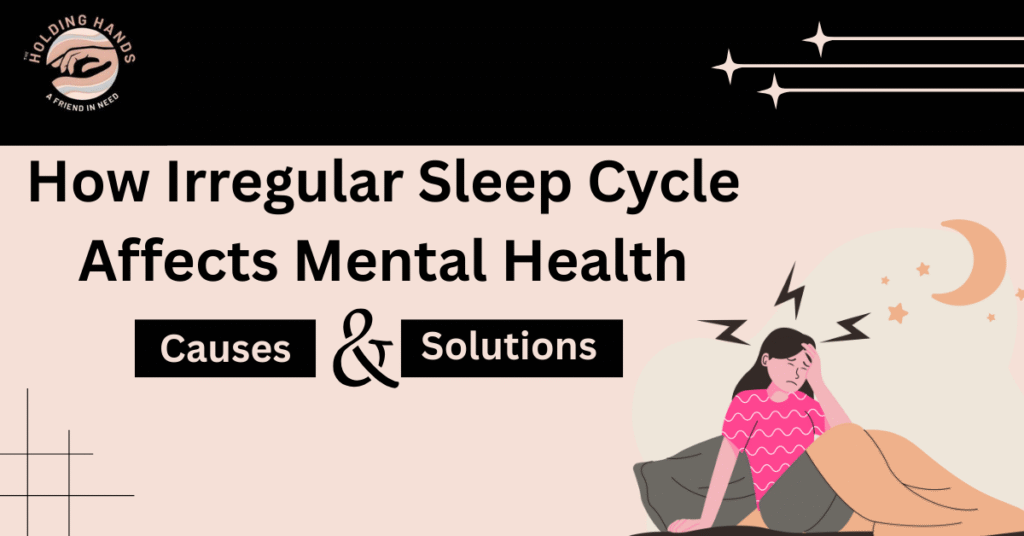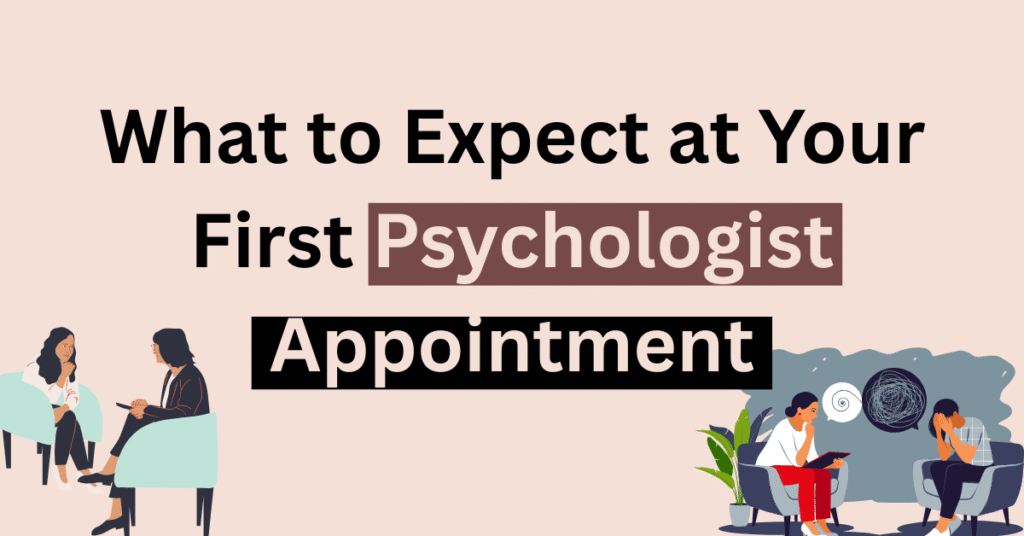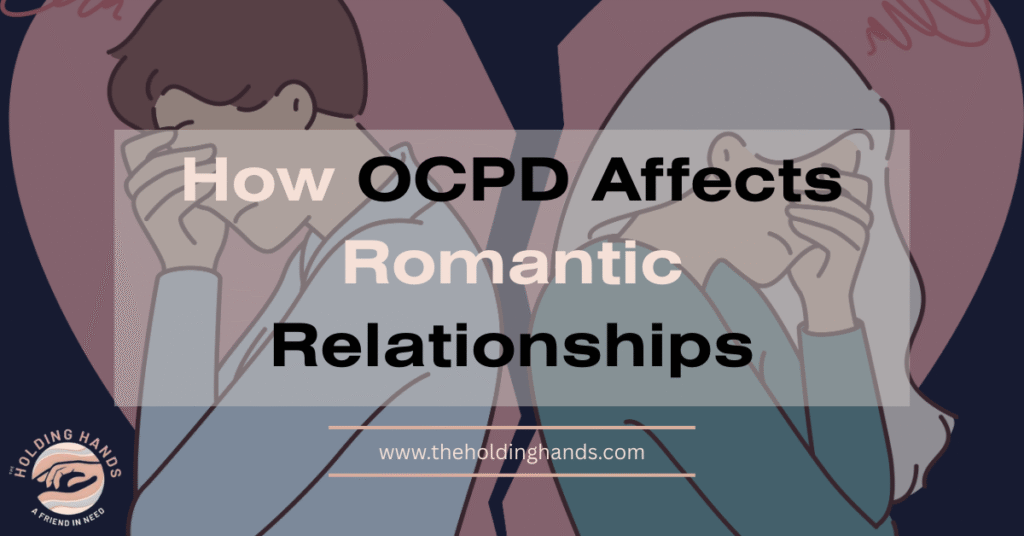Why Parents Should Consider Parent-Child Counselling
Becoming a parent is one of life’s most fulfilling experiences, filled with joy, excitement, love, and deep bonding. Along with all these many other responsibilities come in their life, and parenting counseling has become essential for today’s generations, apart from meeting their basic needs. This may be because they lack patience, politeness, empathy, and the ability to mindful thinking, which hinders relationships with parents and families. Now, parent-child counseling helps parents to enjoy parenthood, raise and nurture a responsible child, and develop their emotional and intellectual capabilities. If you are feeling distant from your child and looking for more reasons for parent-child counseling, let’s have a further look at this article. What Are the Types Of Counselling Methods Involved? If your child is feeling stressed, uncomfortable, and filled with emotional unsettling, then counseling can be the best solution. Here, parent-child counselling can be held in various therapeutic approaches to support healthy relationships and come out with challenges as given below- Mindfulness-Based Parenting– Encourages parents to cultivate mindfulness and presence in their interactions with their children, reducing stress and improving relationships. Emotion-Focused Therapy– Helps parents and children understand, express, and manage emotions, promoting empathy and understanding. Parent-Child Interaction Therapy (PCIT)– A behavioral approach that teaches parents effective communication and discipline techniques to improve relationships and reduce behavioral problems. Cognitive-Behavioral Therapy (CBT)- Helps parents and children identify and change negative thought patterns and behaviors, promoting more positive interactions. What Happens In Counselling Between Parent And Child? During the first counseling, you not only share thoughts, but you also get solutions to support your child with happiness, intelligence, career focus, and emotional well-being. Let’s have a look at what you can expect from famous psychologists with different counselling sessions- You will get a collaborative approach to identify goals and develop strategies for achieving them. Your families will know about learning effective communication skills, such as active listening and expressing feelings. You will develop problem-solving strategies and more effective ways of managing conflict. You will get a safe and supportive environment where families can openly discuss their concerns. How Parent-Child Counselling Helps Your Child- Top Reasons Explained Whether it’s a 5-year-old, a teenager, or an adult, every child is special. But certain life challenges duly impact your child’s mental health, and sometimes you are unaware of them. So, parent-child counseling, which is a type of therapy, is of utmost importance for boosting overall well-being and helping them with a defined career. Here are the reasons why parent-child counseling helps your child. Allow Better Communication With Child In any relationship, if communication is lacking, it leads to a weakened base, resulting in distance, regret, and separation. With parent-child counseling, you come up with more effective communication skills, reducing misunderstandings and conflict. A mental health professional helps you understand what is inside the child’s mind, what you think, and provides the best suggestions to fix issues. Make the Relationship Bond Stronger A good parent does not mean you are fulfilling every need of your child. Your role is successful only if you have a stronger bond; it means they are able to talk freely without any hesitation. By working together in counseling, parents and children build unbreakable, more positive, and long-term relationships. Develop a Sense Of Greater Empathy Empathy or understanding between a child and a parent is very crucial to raising them with positivity. This is well understood by counselling experts who deliver motivational thoughts and help parents and children develop greater empathy and understanding for each other’s perspectives in a better way. Helps to Reduce Conflicts And Misunderstandings Since childhood is the sensitive phase of innocence and fun, there are many conflicts and misunderstandings due to the life stress of parents and family issues. So, with parent-child counselling, it helps family members learn more effective ways to manage and reduce stress and anxiety, creating a positive environment. Develop Healthier Boundaries With Families Be it a joint family or a nuclear family, developing open and transparent boundaries with families is a must. If it lacks, parent-child counseling can help establish healthier boundaries and more positive ways of interacting, not only with children but with everyone. When Should I Go For Parent Counselling? The love between parent and child is unconditional, but you never know when behavioral or emotional challenges or negativity will hit your child. Here, parent-child counselling is the first step towards building a stronger, more loving family. Let’s see below what the ideal time is to start parent counselling to avoid future risk. If experiencing Persistent Conflict: If arguments between parents and children are persistent and causing stress, counselling can be beneficial at this time. When There Are Behavioral Issues: If a child’s behavior is causing concern, such as a loud voice, aggression, anxiety, or depression, counseling can be highly effective. Seeing Major Life Changes: When you experience significant life changes, such as divorce, moving, or loss of a loved one, it can be challenging for families. Counselling can provide support during these times. When There Is a Communication Breakdown: If collaboration between parents and children has broken down, counselling can help repair relationships in a good way. Know The Role Of Counselling Sessions for Parents Parents know their child very well, and so parenting counseling is worthless without them. They support mental health professionals to identify and understand their child’s behaviour, societal interactions, communication between friends, families, outsiders, and more. This allows mental specialists to take a measurable role in reducing the problems related to children through active discussions and providing suggestions on stress relief activities. How Can I Find the Right Parent-Child Counsellor Ask for Referrals: Ask your child’s school, pediatrician, or friends for recommendations. Online Search: Look online for counselors in your area who specialize in parent-child counselling. Check Credentials: Make sure the therapist has experience working with families and is licensed to practice in your state. Over To You- Support Your Child’s Counselling Journey With The Holding Hands Life is already full of challenges, and every child deserves


